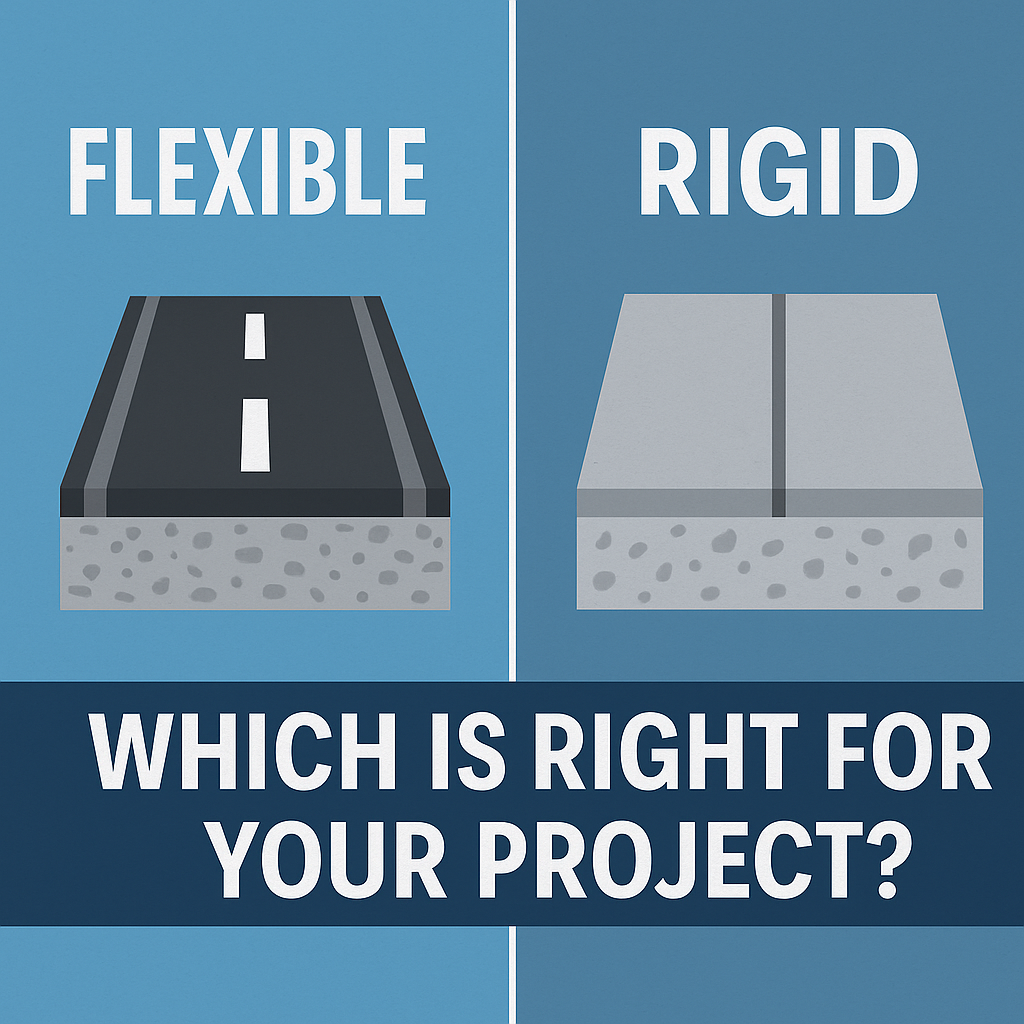How Artificial Intelligence Is Transforming Transportation Planning and Traffic Engineering
Transportation planning is becoming more complex than ever. Cities are expanding, travel behavior is shifting, and decision-makers are under pressure to deliver data-driven, sustainable solutions. Traditionally, transportation planners relied on manual surveys, static models, and limited datasets to understand how people and vehicles move. But with the explosion of digital data; GPS traces, camera feeds, […]







